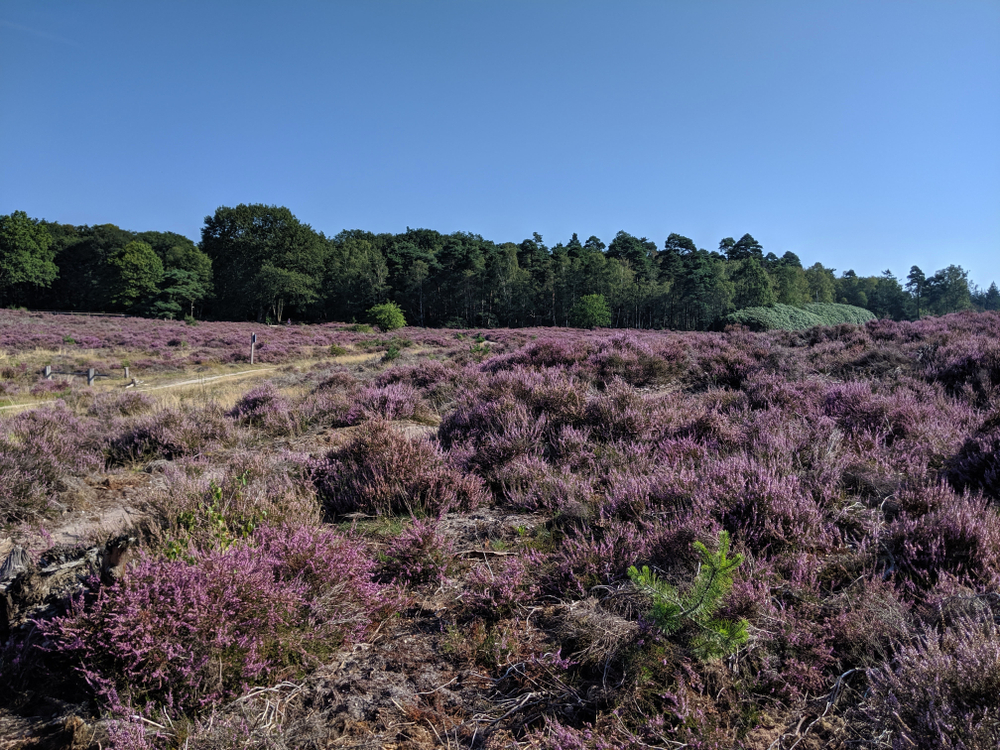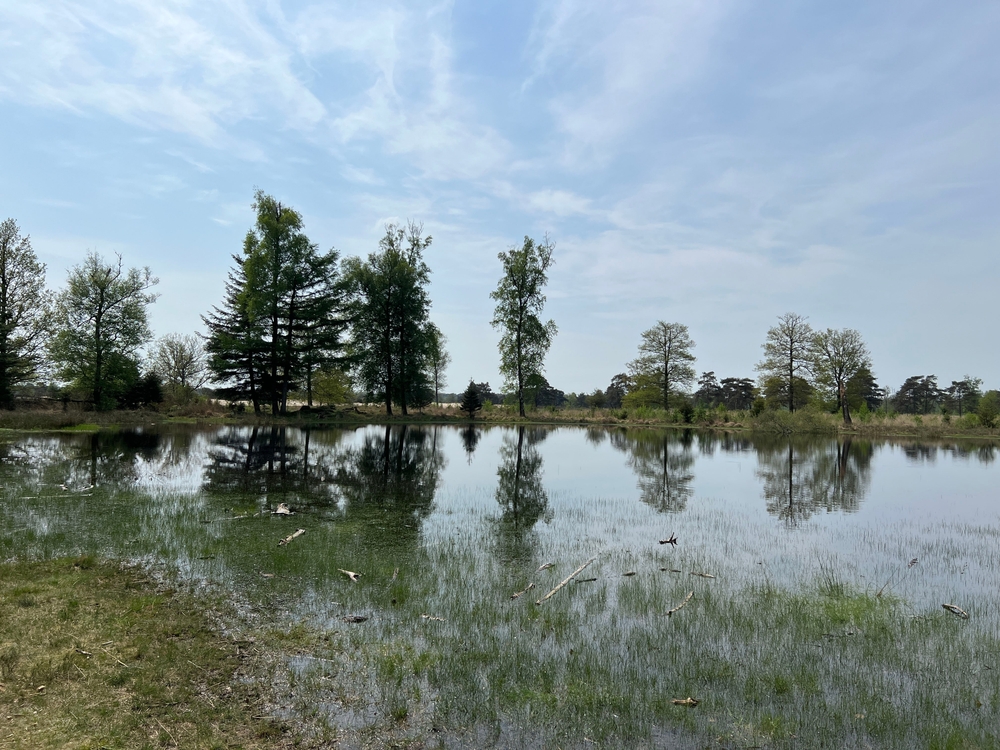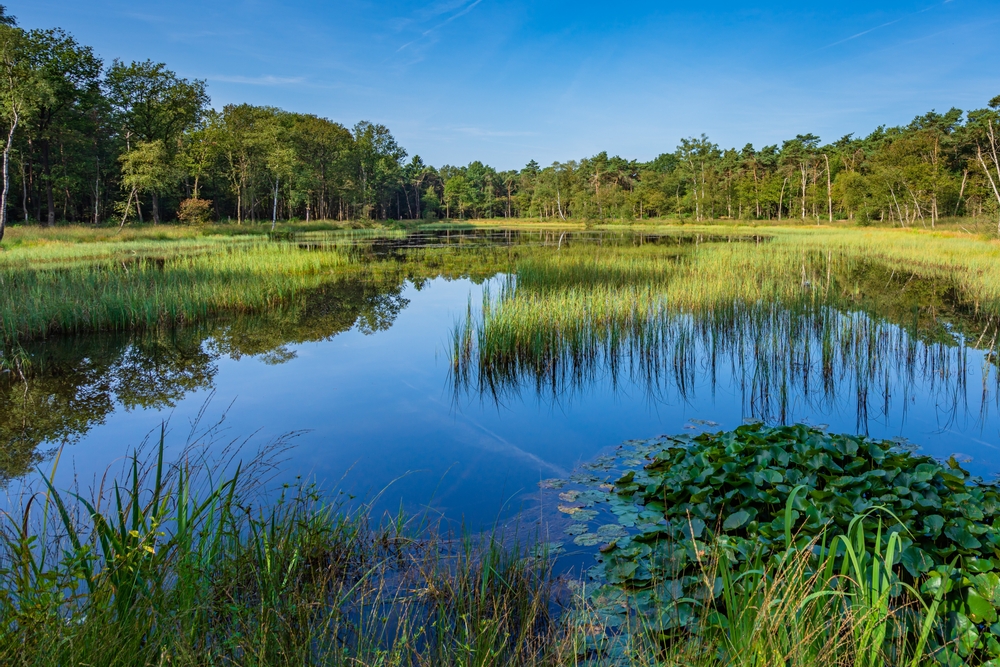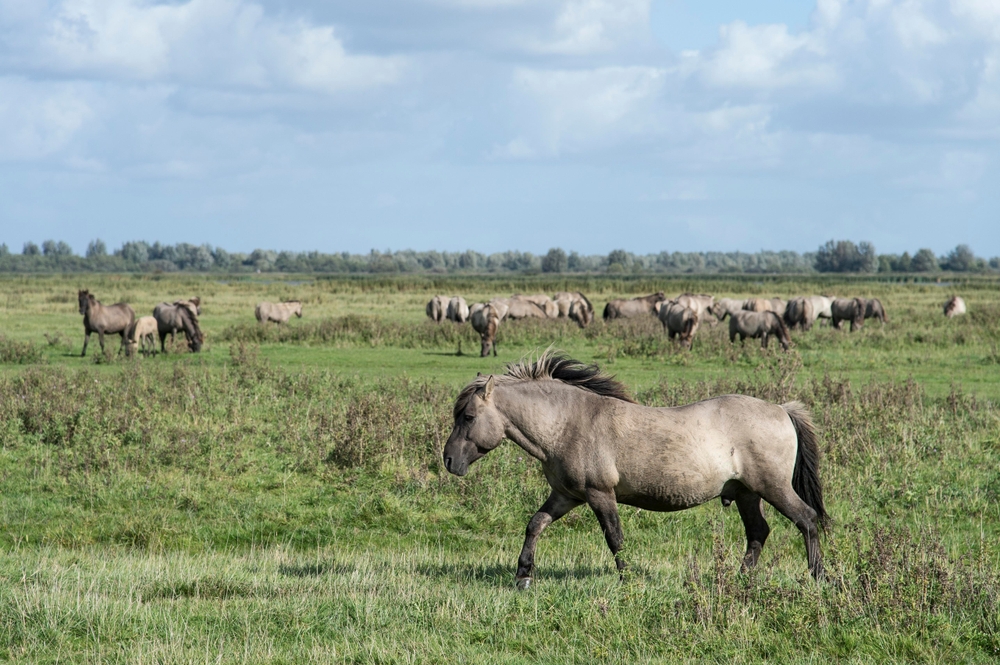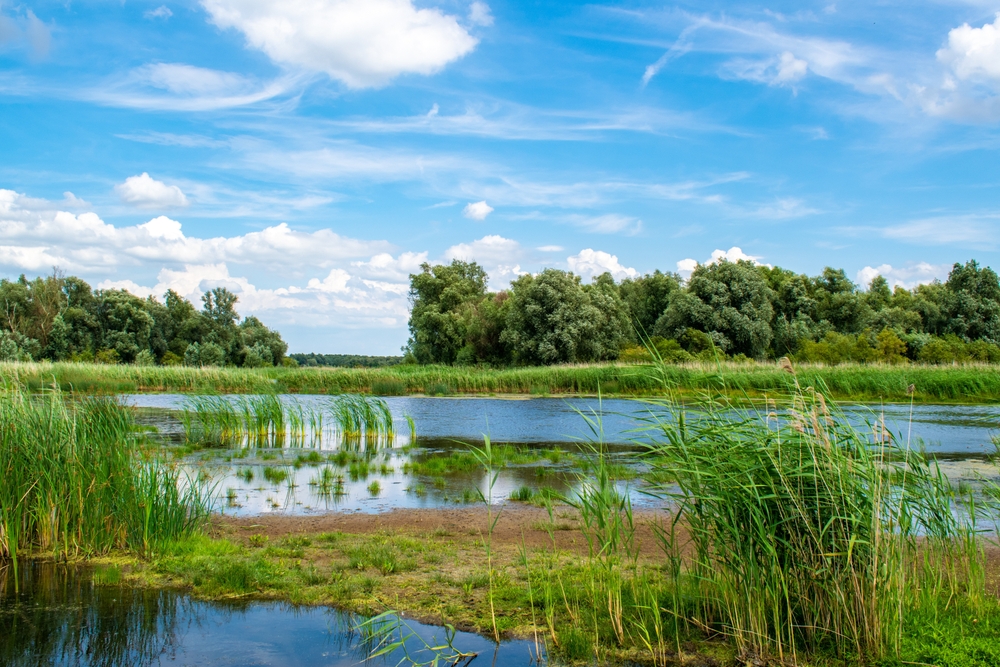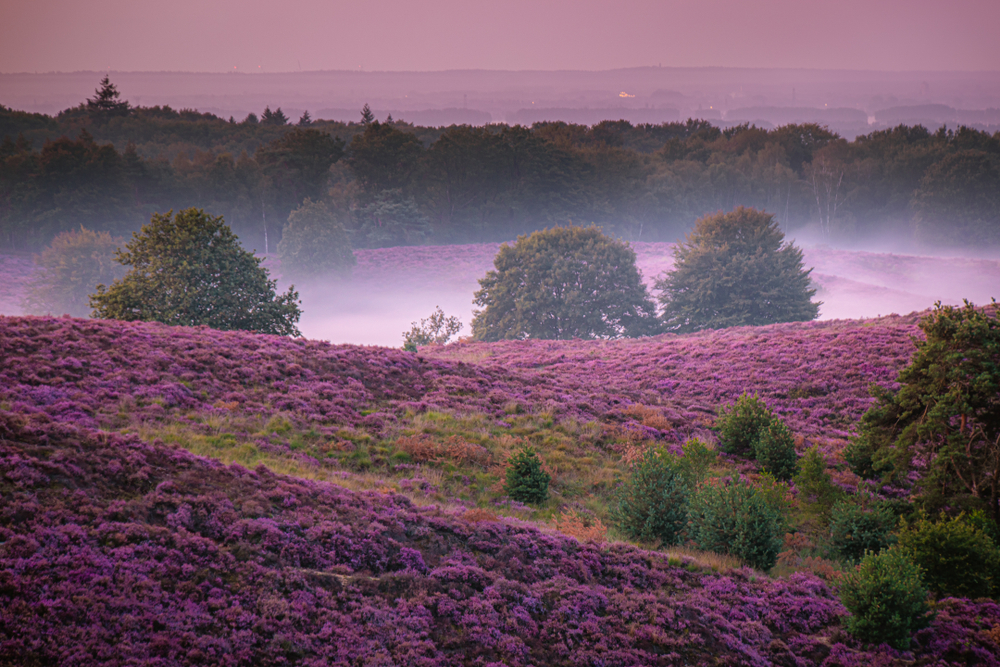Sallandse Heuvelrug Overview
Sallandse Heuvelrug National Park, known in Dutch as Nationaal Park Sallandse Heuvelrug, is located in the province of Overijssel in the eastern Netherlands.
Covering approximately 13.42 square miles (34.8 square kilometers), this national park is renowned for its rolling hills, extensive heathlands, and dense woodlands, offering a unique landscape that is uncommon in the otherwise flat terrain of the Netherlands.
The park is situated between the towns of Hellendoorn and Holten, making it an accessible and popular destination for nature lovers and outdoor enthusiasts.
The landscape of Sallandse Heuvelrug was formed during the Saalian Ice Age, when glacial movements created a series of low, undulating hills. The highest points in the park include the Holterberg and Haarlerberg, which offer panoramic views of the surrounding countryside.
Expansive heathlands, particularly striking in late summer when the heather blooms into a sea of purple, dominate much of the park, interspersed with mixed forests of pine and deciduous trees. This unique mixture of terrains provides a striking contrast to the otherwise low-lying Dutch countryside. Sandy soils and nutrient-poor heathland make it a challenging environment for plant life, but resilient species such as juniper shrubs and birch trees thrive here.
One of the park’s most significant ecological features is its role as a habitat for rare and specialized wildlife. The park is home to the critically endangered black grouse, a bird species that has become increasingly rare in the Netherlands. Other notable bird species include the nightjar, woodlark, and raven, which find refuge in the open heathlands and forested areas.
Mammals such as roe deer, red foxes, and badgers roam the park, while reptiles like the sand lizard and adder can be found in the drier heathland regions. The park also hosts a variety of butterflies and insects that thrive in its diverse habitats, making it an important site for biodiversity conservation.
Sallandse Heuvelrug National Park offers several well-maintained trails that attract hikers, cyclists, and nature enthusiasts. The Pieterpad, one of the most famous long-distance hiking trails in the Netherlands, passes through the park, offering visitors a chance to experience its rolling hills and picturesque landscapes.
The Holterberg area is particularly popular for its panoramic views, while the Buitencentrum Sallandse Heuvelrug, a visitor center in Nijverdal, provides educational exhibits about the park’s ecology and conservation efforts. Families often visit the Sterrenwacht Hellendoorn, an observatory located in the park, for stargazing opportunities due to the relatively low levels of light pollution.
Conservation remains a priority for park management, as the delicate heathland ecosystem is under threat from nitrogen deposition, encroaching vegetation, and climate change. Efforts to maintain the heathlands include controlled grazing and removing invasive species to protect the habitat of the black grouse and other native wildlife.
While the park faces challenges in preserving its biodiversity, active conservation programs and ecological restoration efforts have helped maintain its unique landscape. Sallandse Heuvelrug National Park continues to be a vital natural sanctuary, offering both a refuge for wildlife and a place of exploration for visitors who seek to experience its rare and stunning landscapes.








































































